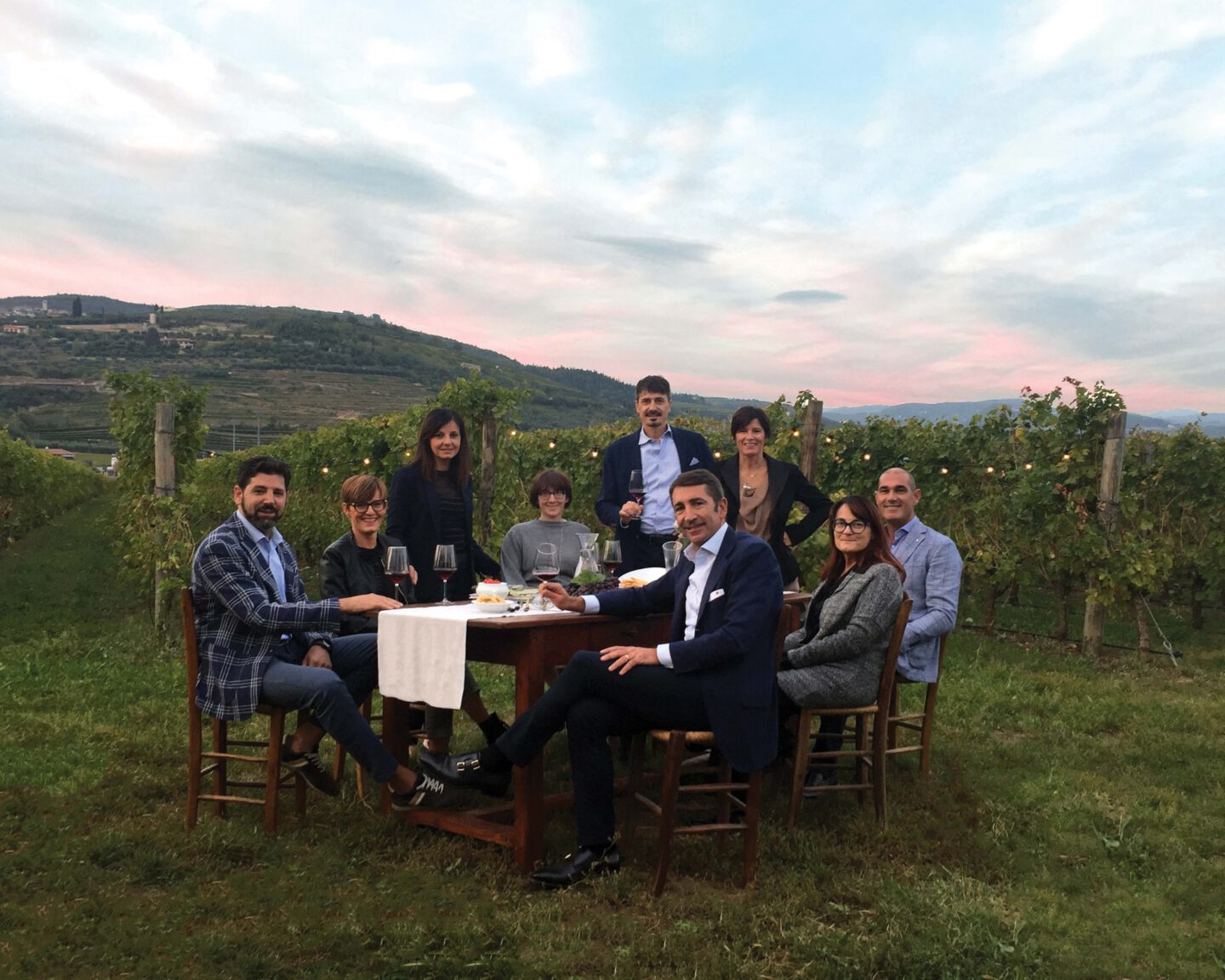
After the wine tasting is before the wine tasting. And especially as a curious beginner, you should go with joy to learning in practice – I had for it again an exciting tutorial in Italian: Why the red wines from the winery Tommasi craft deluxe absolute (long-distance) relationship material, you read here. And also what fascinates the winemakers behind the great wines of the family business in their profession.

Such a trip to Italy is already something nice. Past Lake Garda, new impressions, new landscapes, new culture, new food – and for me: new wine. Wine connects people and legitimately counts as a national culture like culinary specialties. Now, of course, as a normal citizen, you can’t just snap your fingers and go on vacation to the country you’re in the mood for every time, but in a glass, of course, you can. That’s why I was happy to start a new wine adventure and to taste and get to know a new piece of Italy.
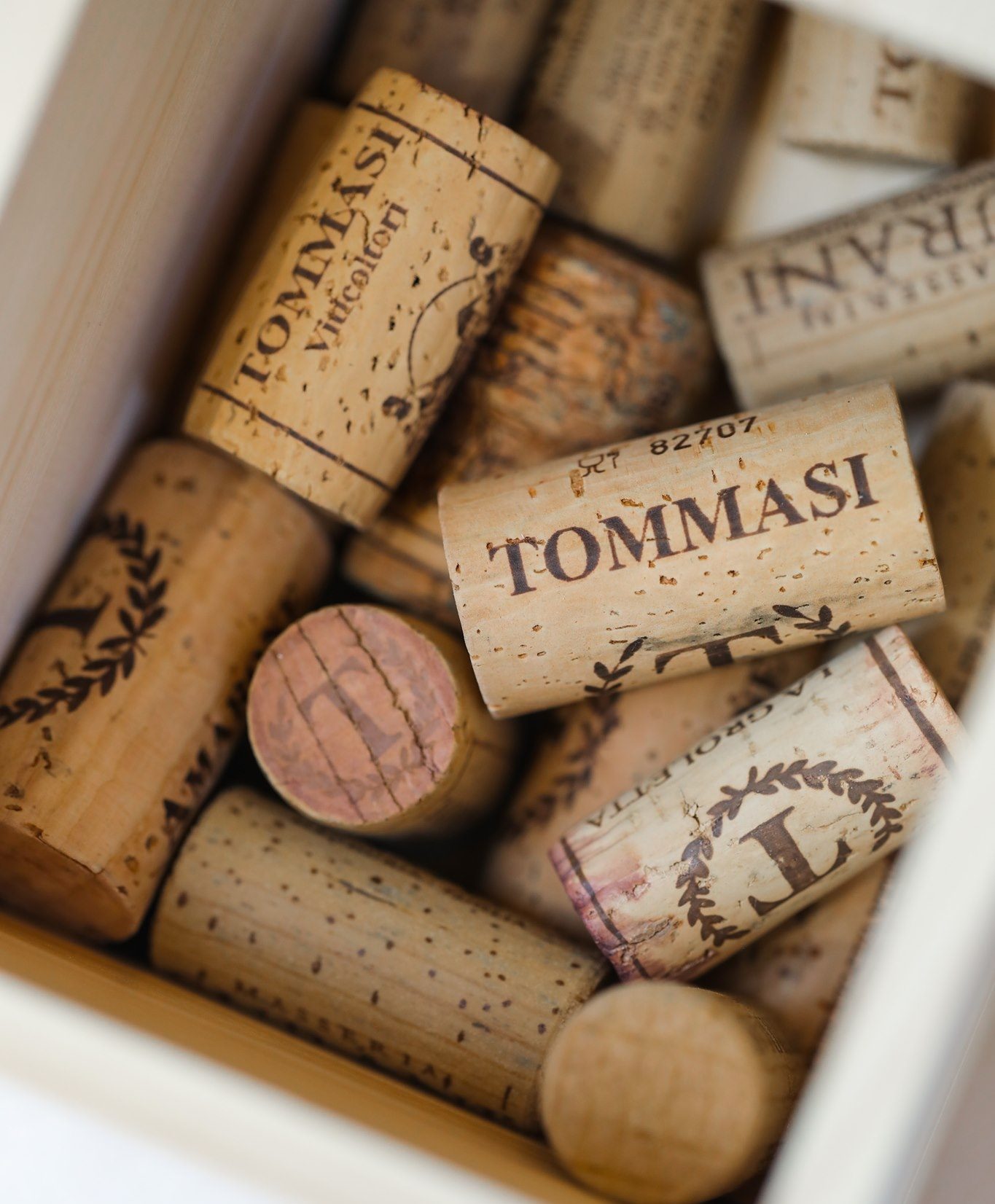
Tommasi Family Estates produce great wines on six estates totaling 599 hectares in some of Italy’s most prized and exciting wine-growing regions.

Tommasi Winery or: wine is a family matter

The long-distance glass journey to Italy even has an additional reason to toast: The Tommasi Family Estates produce great wines on six estates with a total of 599 hectares in some of the most valuable and exciting wine-growing regions of Italy – and are now celebrating 120 years with this family tradition. In doing so, Tommasi embodies the history of the Valpolicella region and much more. With seven wineries in six regions of Italy – Tommasi in Veneto, Tenuta di Caseo in Lombardy, Casisano in Montalcino and Poggio al Tufo in Tuscany’s Maremma, Masseria Surani in Puglia, Paternoster in Basilicata and a project in Umbria, which will be completed in 2023 (as well as a partnership with La Massa in Chianti Classico) – the group’s goal always remains to produce great wines that always highlight the value of each terroir.
The portfolio is completed by the De Buris Cultural and Viticultural Project, linked to the Valpolicella Classica terroir, the restoration of Villa De Buris and the production of an Amarone Classico D.O.C. Riserva.
Four generations of pioneers, explorers, trailblazers and above all visionaries, who pay attention to quality at every stage of production, respect traditional techniques but are also open to experimentation, have been making sure that authentic glass fun gets into the bottle since 1902.
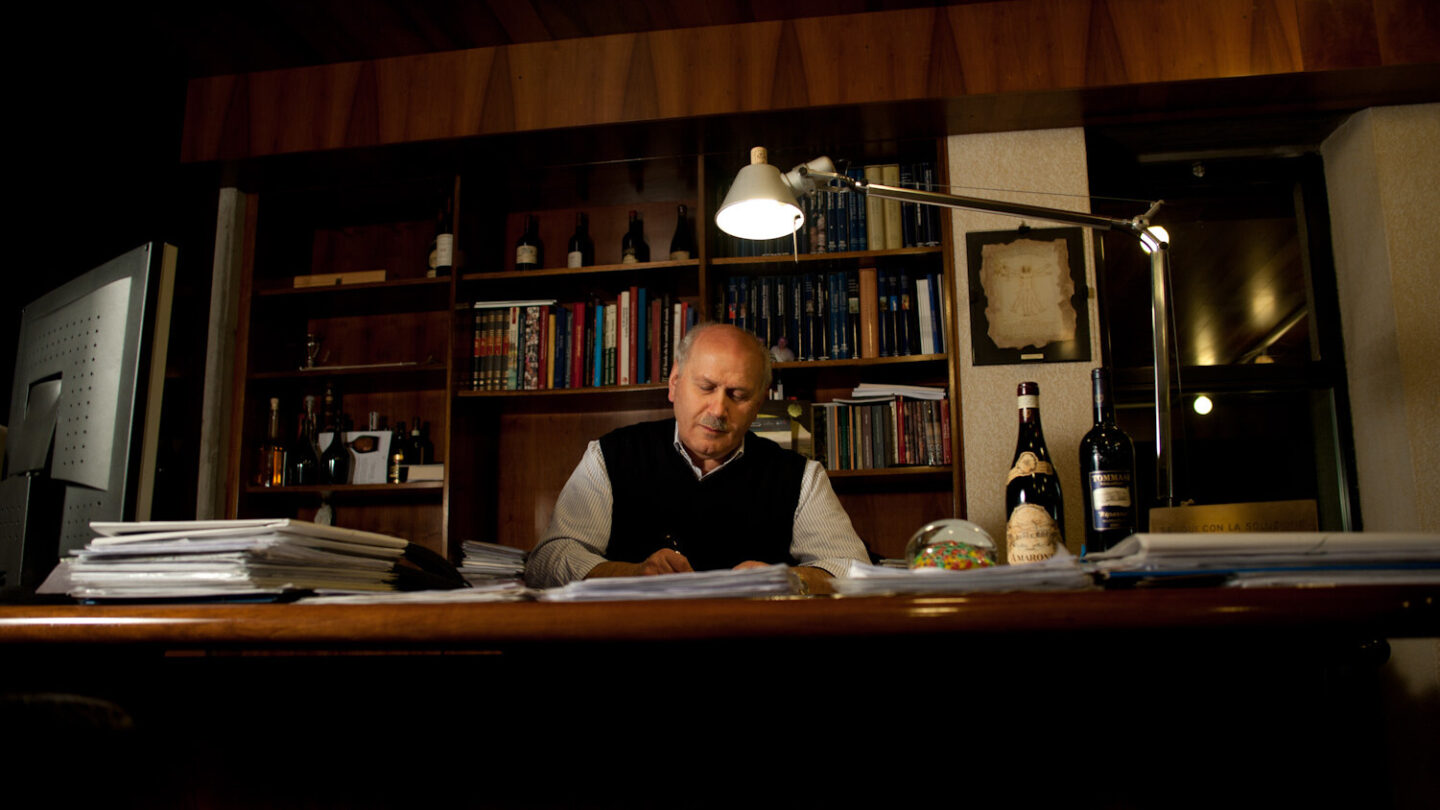
“The Tommasi family’s goal is to bring wine to Italy and the world with passion and confidence. Wine is not a fad – we are about the value of tradition – and about telling a story of extraordinary Italian territories with the wines.” Dario Tommasi
“When we close our eyes and imagine the wine that has marked our history, we inevitably think of Amarone.” Giancarlo Tommasi
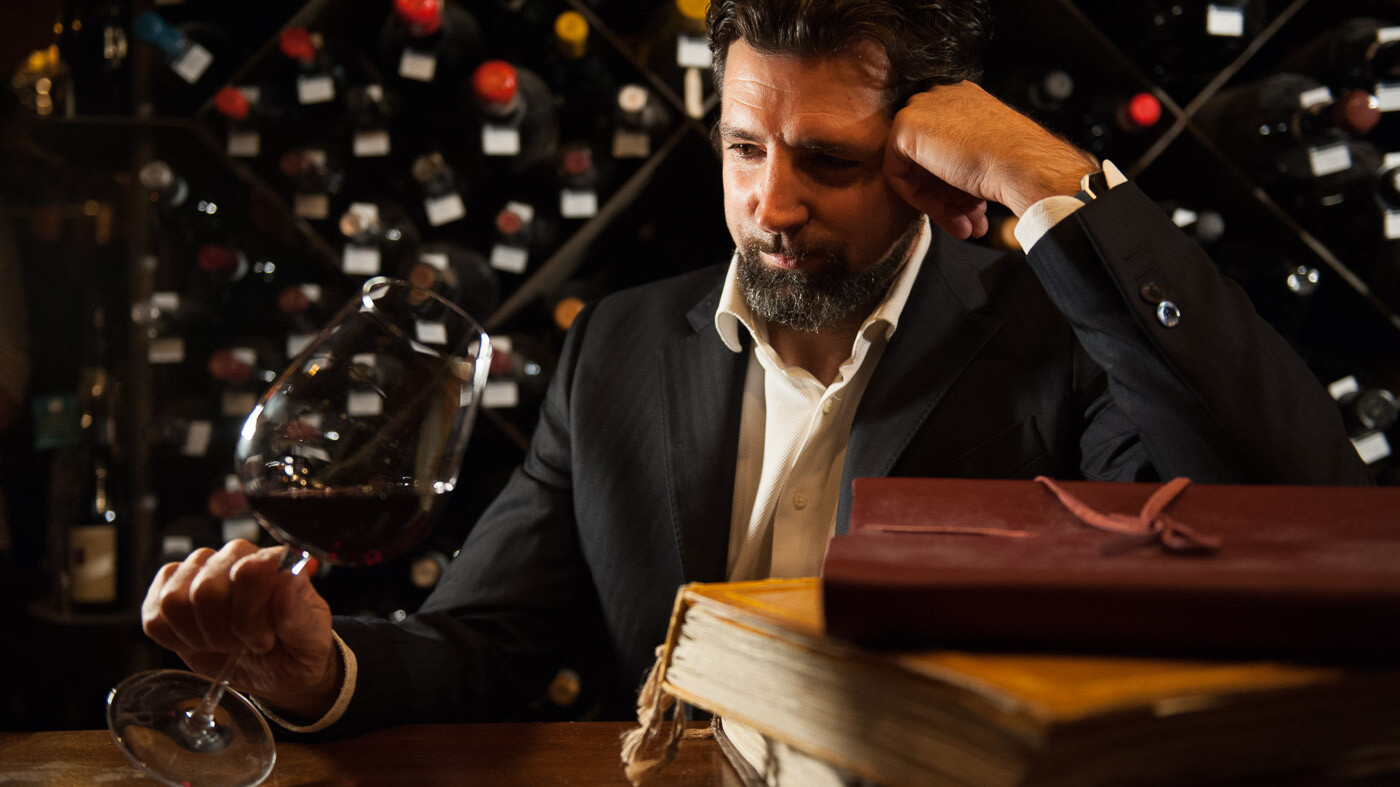
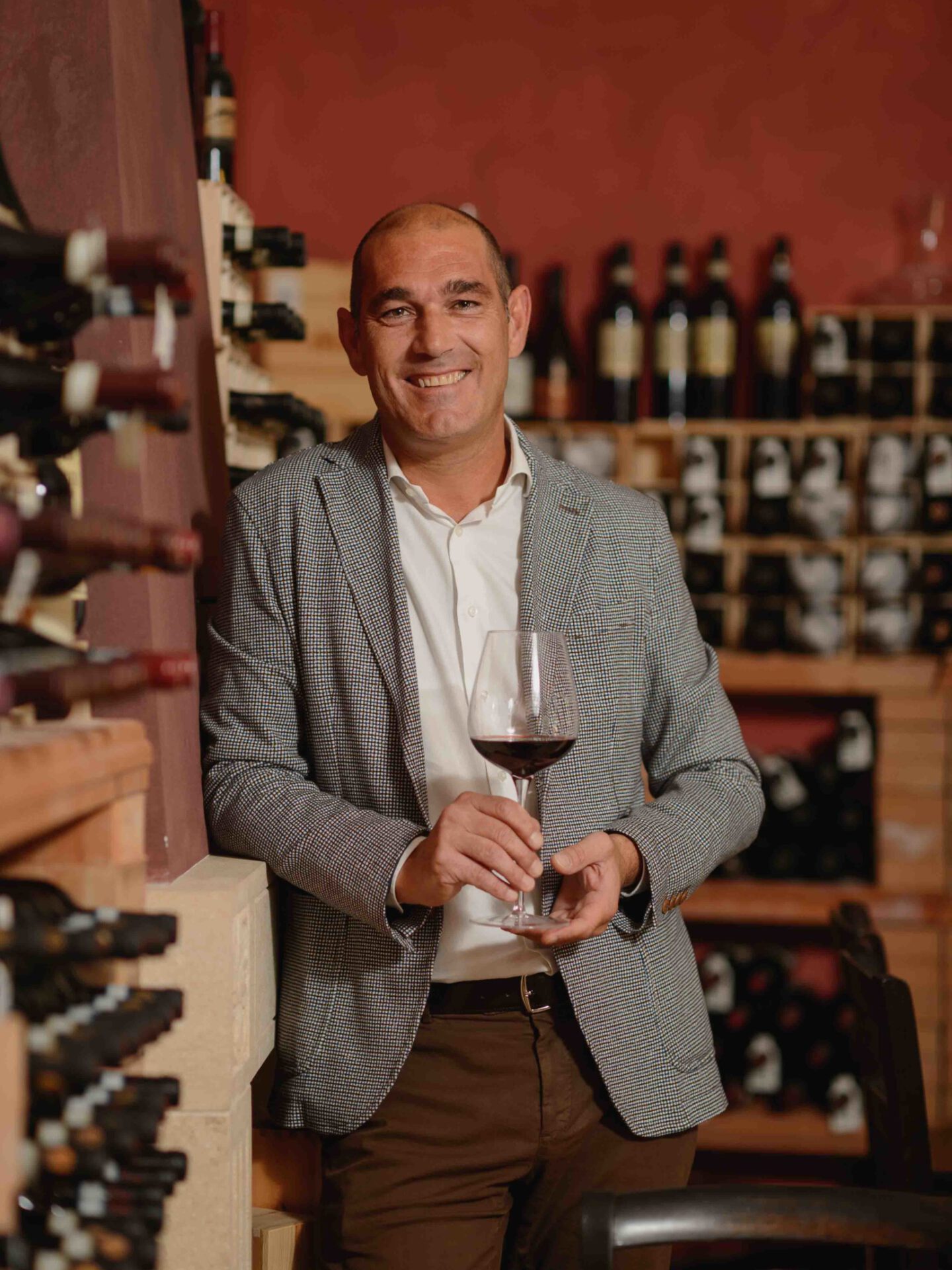
“My first memory was when I was 12 years old and my grandfather let me help at the bottling line. That was the moment I realized my responsibility within the family for the future of our winery.” Piergiorgio Tommasi

Let’s talk about wine! Pierangelo Tommasi in the Interview:

“We are thrilled to be part of the generation that is celebrating this 120th anniversary. When we look back, we see how much hard work, passion and sacrifice was made by those who came before us: It’s an honor and a responsibility for us to be part of all that today.” Pierangelo Tommasi
What fascinates you about your profession?
It’s a challenging job, each year we have to “debate” with Mother Nature and try to have the best from our the vineyards. Each vintage is different, but our expertise grows so we can tell that we have learnt something. It is really a fascinating profession also because we have the chance to keep in contact with many people in the world, professionals and consumers, and we’re always working to becoming the best and leading the categories where our wines are. We feel the responsibility to be an ambassador of the finest Italian wine territories.
When tasting your wines, what should you look out for as newcomer to wine?
Autheticity, elegance as mentioned before and the pleasure and the curiosity to have another sip and enjoying the moment of tasting.
How do beginners recognize the flavor profiles of the wines I received (Lugana, Brunello Cassisano, Amarone), what notes should you look for?
They are very different wines with different styles. The fresh and crispy Le Fornaci Lugana is an intense and harmonious wine, which combines structure with elegance. It is intense, persistent and mineral. Casisano Brunello comes from the highest hills in Montalcino ( 500 meters above the sea level ). Intense ruby in color, it opens to the nose with an elegant complexity with characteristic aromas of fresh red fruit and spicy notes. Harmonic to the taste, it in fact has a great tannic structure and an excellent acidity; it presents an excellent and long aromatic persistence both on the nose and in the mouth, with marked characteristics of elegance and minerality, all elements of extraordinary longevity.
Tommasi Amarone is our flagship wine. It is the one for we are recognized for all over the world. Very intense ruby red color, the nose reveals an enticing range of steeped cherry and fig cake flavors with accents of dried thyme, pomegranate and espresso. In the mouth it is creamy and with lightly firm tannins and acidity that’s just at the right level to accentuate and perpetuate the flavors.
The whole tasting is embellished with a very pleasant tannic texture, which fades towards a spiced finish of excellent persistence.
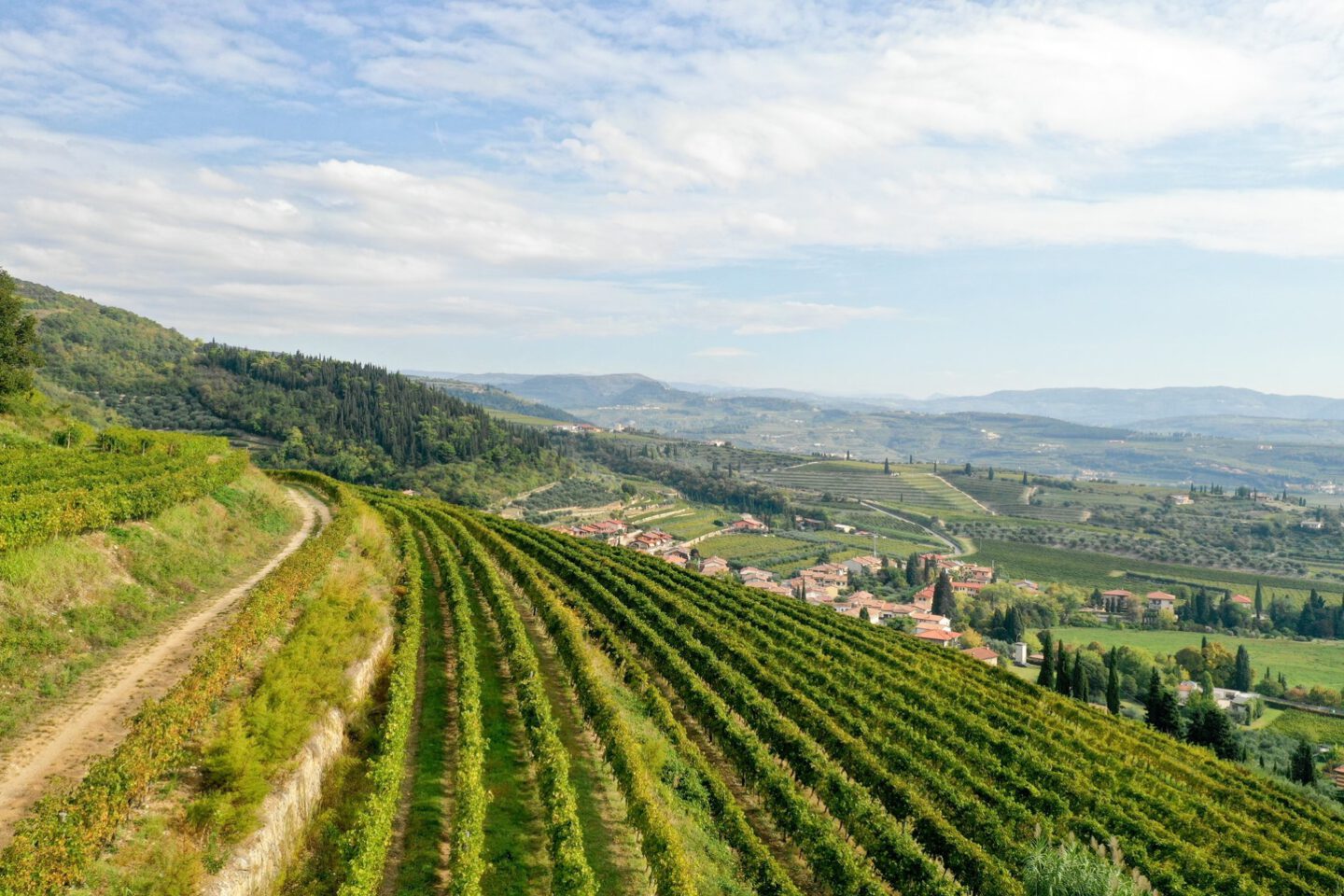
Vineyards with a view: That makes you want a glass of wanderlust twice as much.
Especially the Lugana has unfortunately with us still often the image of simple and (industrial) mass-produced. How can a beginner taste the difference in craftsmanship?
Lugana denomination is working hard to build a quality image of the entire territory and wine. It is one the most important Italian white wine denomination with a great potential considering the whole attractive and nice touristic area. I believe also the work that we are doing as producers is to enhance the knowledge of the wine, the grapes and of the entire Lugana production area.
A beginner can taste the difference when the wine is good. It can seem an easy answer, but when the wine is made with passion, with full respect of the grapes, times of vinification/ageing you can immediately taste that the wine is better.
There’s a big work to do in terms of wine education, teaching the different grapes, explaining that Lugana is made with a specific grape called Turbiana, the entire wine making process… so how in the end a consumer can taste the difference in craftmanship? I think that the answer is to trust a brand like Tommasi and not buying cheap wines, but rely on a renowned producer.
Which of the winery’s wines should beginners generally start with? Which of the wineries in which order?
The suggestion is to start with the youngest wines, like Valpolicella Superiore or Rosso di Montalcino; but there is not a specific order, just follow your curiosity and taste as much as you can, in order to compare wines and find your preferred one. Of course wines like Amarone and Brunello are not everyday wines, however we should not be “scared” and let’s open and taste and pair them with food and enjoy them, don’t wait a special occasion.
Do you remember your first encounter with wine – the first emotional moment?
I grew up in a wine family. I think that I do not have a single memory not connected with wine. The harvest, the wine making process, the acquisition of the wine estates out of Veneto, my business trips around the world… I’ve met thousands people. Wine is conviviality, is sharing… it is really my passion.
What is it like at Tommasi when it is passed on to the next generation: Do you ever have to shake off old habits to move forward with new ideas?
Next generation, the fifth, comprehends 16 children. Everyone is free to choose their own future, I wish that someone of them will bring our Family business to the next level always moving forward and adapting to present, without forgotting who they are, from where they come from and our roots. We are proud of our peasant origins and we have the responsibility of passing on our history and traditions to being remembered.
Do you have the feeling that the next generation of wine connoisseurs will approach the subject differently? Perhaps put on new flavor profiles?
Consumers are certainly more informed and demanding. They are not easily satisfied and their taste evolves as the way of eating and consuming wine has evolved. For sure the approach will be different and we have to be prepared and also try to anticipate their requests.
What role does social media play in reaching new customers?
They are an important tool to educate them, promote wine but they are not the only or the main channel to reach the consumers.
With the signature wine of the winery Tommasi: the Amarone. However, it is interpreted much less heavy and bulky, but more elegant and supple than is often known from the variety.
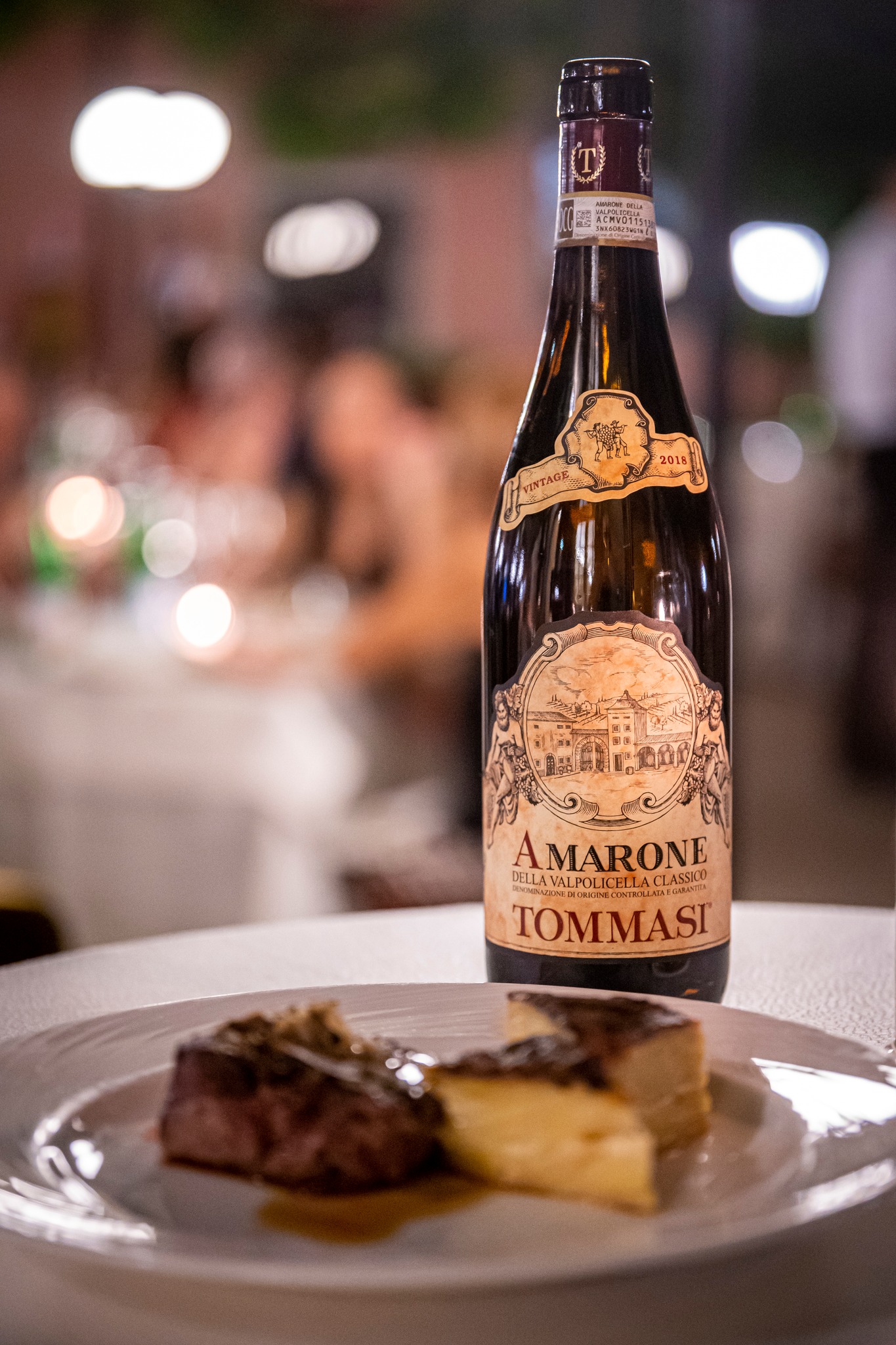
What role does social media play in reaching new customers?
They are an important tool to educate them, promote wine but they are not the only or the main channel to reach the consumers. I still believe in human touch and I think that the first and hardest job is educate and keep in contact with the wine professionals ( restaurants, wine bars.. ) who play a fundamental role in reaching consumers.
Which of your wines should newcomers definitely try? And if you had to compare it to an Italian footballer or fashion designer, which would it be and why?
Amarone for sure, it is a star player and once in a life one should definitely taste it. I do not want to compare it with a footballer or a fashion designer there are a lot of them really great and for who Made in Italy is well know. Amarone is just Amarone and it is like a unique and unforgettable experience, not only in tasting but also in discovering hoe it is made.
Which of your wines would go well with a father-son evening?
Brunello cooking steaks together with BBQ
And which one for a romantic dinner?
Again…. Amarone the sexiest one.

Tommasi Winery: 3 Italian wine flirts for curious wine explorers in test
Tommasi Lugana Le Fornaci
Vineyards owned by Guyot in Desenzano del Garda, planted with a high density. One plot is on a calcareous soil, variously stratified and clayey, the other two have a more sandy composition and are rich in silt.
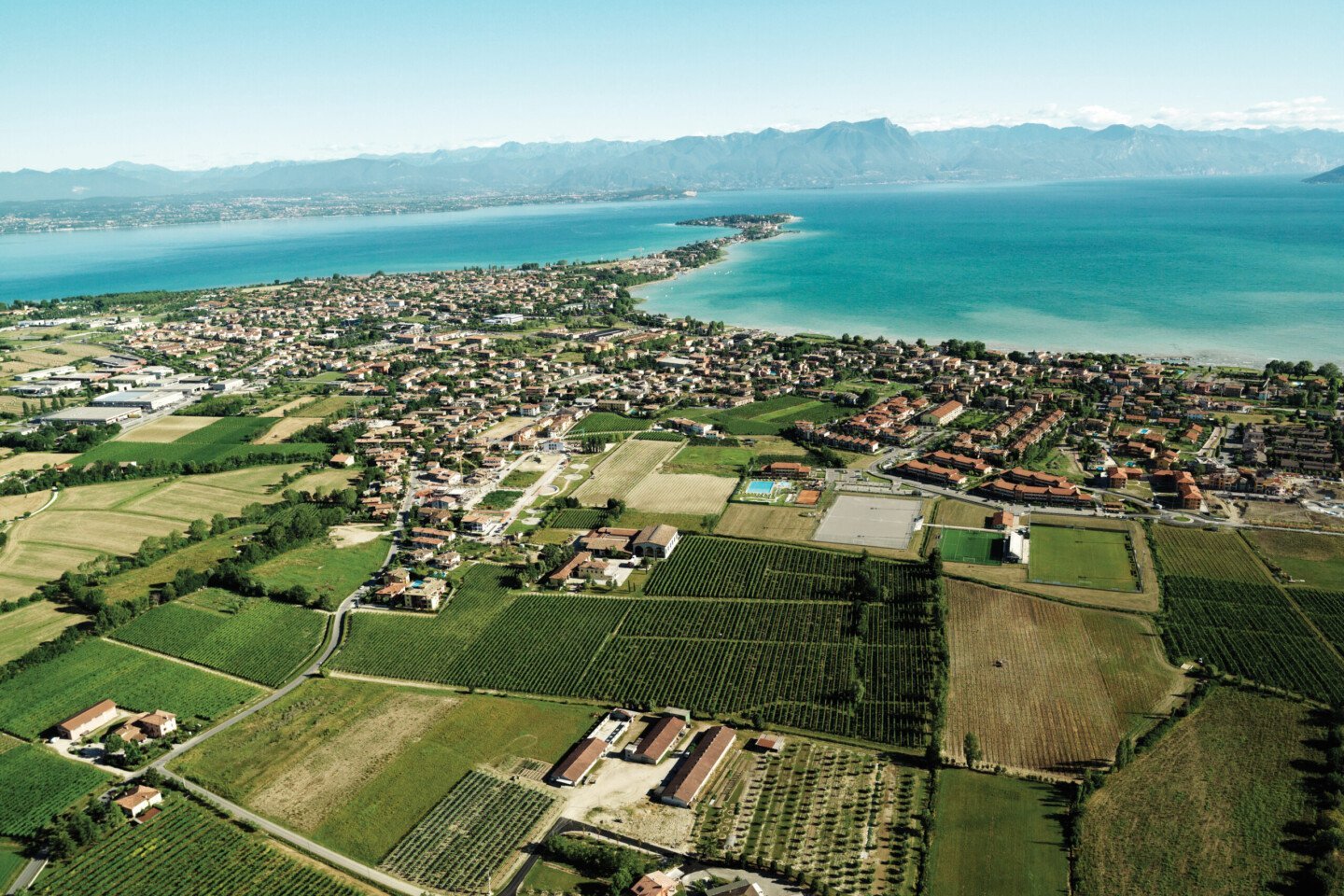
Lugana Le Fornaci is a blend from the separate vinification of two vineyards with very different soil composition. Each of them contributes to complete a balanced wine that has much to tell, especially after a few additional years in the cellar. The vineyards for Lugana in Desenzano del Garda are planted at a high density. One plot is on a calcareous soil that is variously stratified and clayey, while the other two have a more sandy composition and are rich in silt. The selection of grapes from the clayey soil gives body and structure to the wine, while the sandy soil gives aroma and elegance.
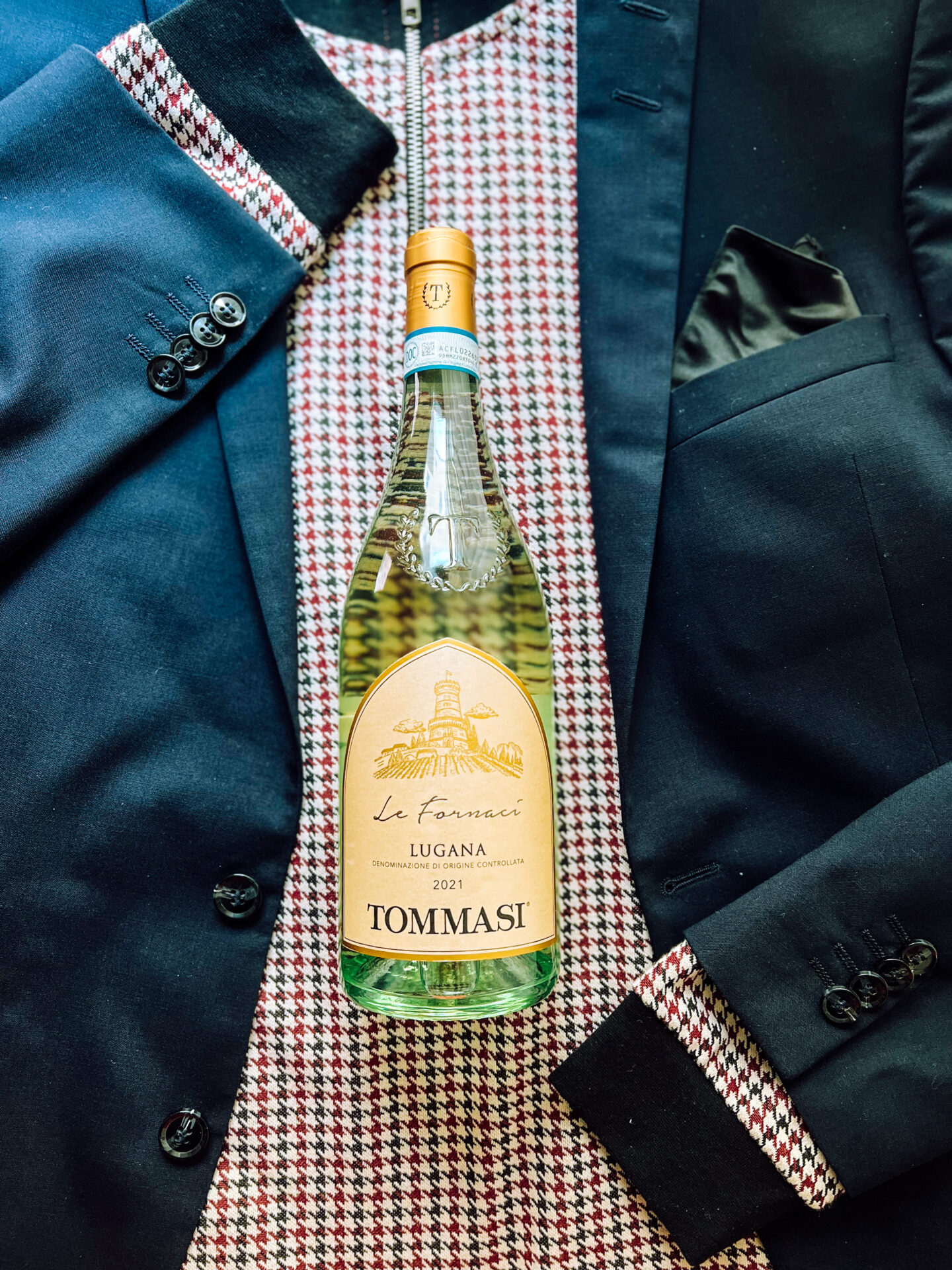
Shows what real craftsmanship makes Lugana taste: the Le Fornaci of Tommasi.
From the vineyards in Desenzano del Garda on Lake Garda comes this white wine flirt, which shows that Lugana is not just Lugana – and how much tasty craft can be in the Soprte, which runs the risk of spoiling the mood by supermarket experiences. The Le Fornaci Lugana from Tommasi comes across as fresh as a light swell, so tasty that pirates would also regard it as booty. Below deck, there are fragrant, fruity aromas of tropical fruits and grapefruit, mineral notes and a pinch of almonds. Herbs come in light waves, very creamy on the port side, fine acidity at the helm. The Lugana here for about 15 euros is not a wine that you drink thoughtlessly. Therefore: set course on conscious enjoyment, and go on discovery in the glass. A grown-up wine, but one that is approachable and very hospitable to the glass fun invites. Even without sailing license, eye patch or buccaneer letter.
The Le Fornaci Lugana from Tommasi is as fresh as a light swell, so tasty that not only pirates from Lake Garda would consider it a prey.
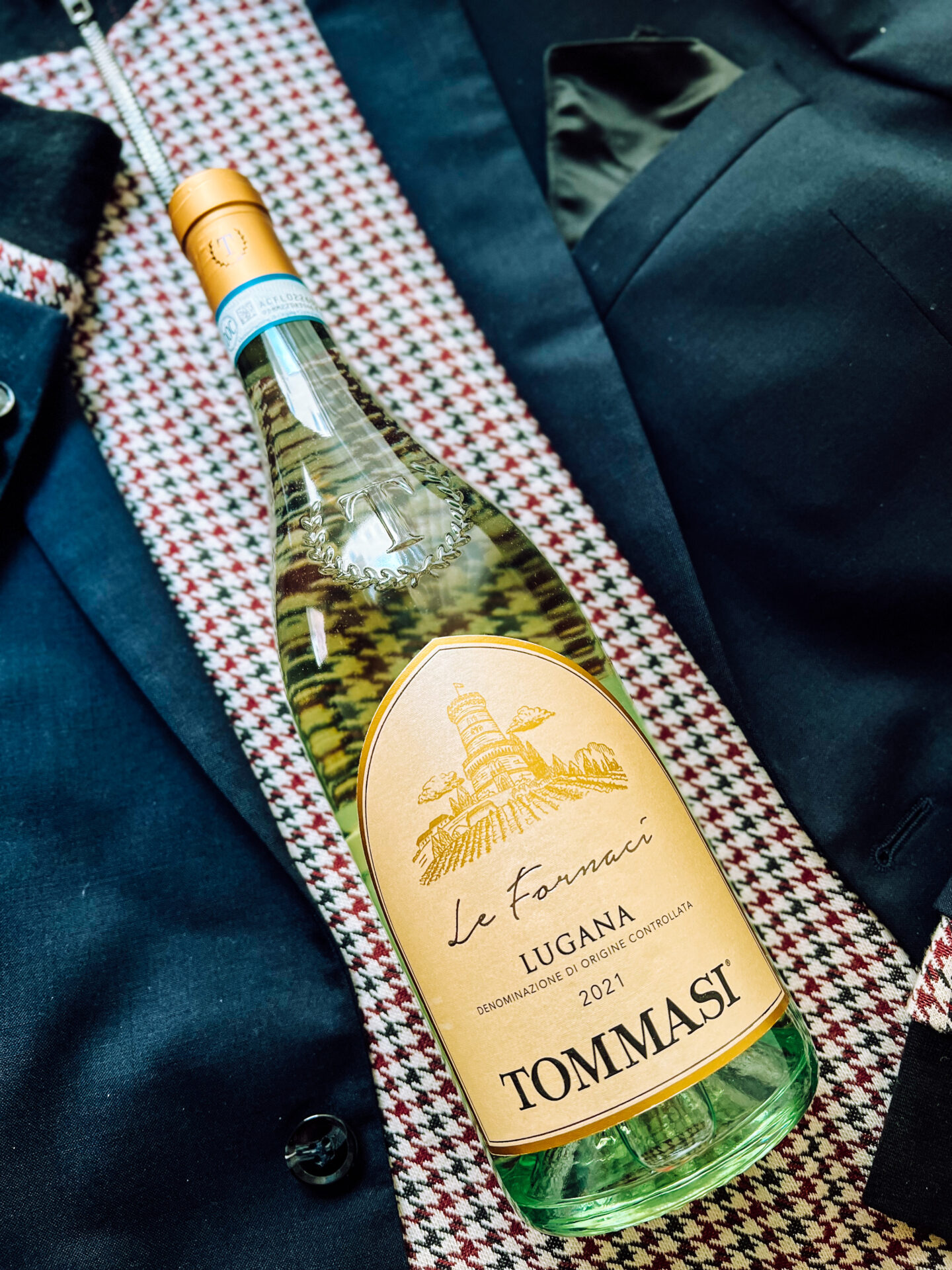
Tommasi Lugana Le Fornaci, Price: around 14 euros, for example via belvini.de

Tommasi Amarone della Valpolicella Classico DOCG
The selected grapes from the La Groletta and Conca d’Oro vineyards are placed on traditional arele and then rest for at least 110 days in a large open space where a ventilation system ensures an increased and constant air flow.
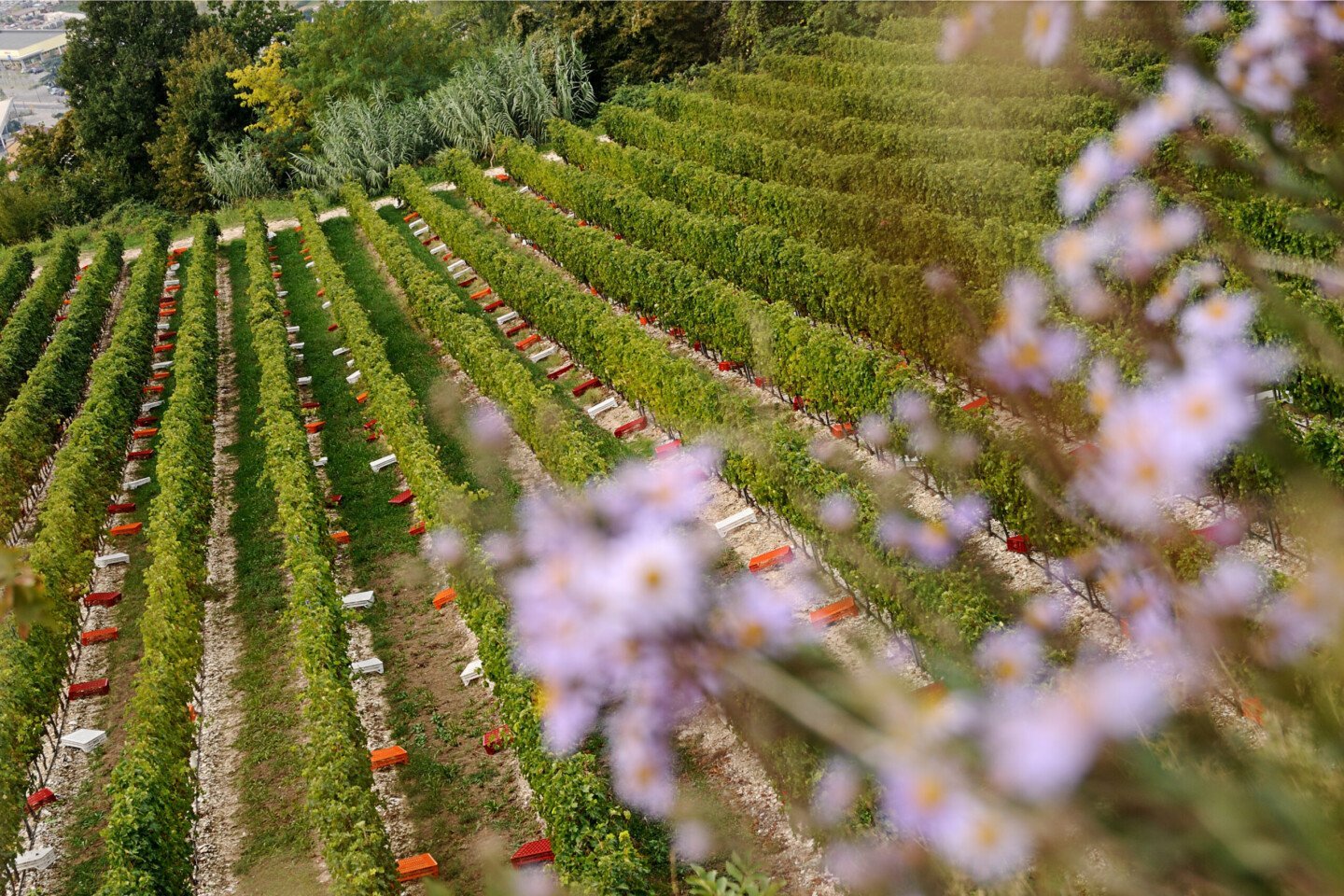
The grapes for the signature wine come from the renowned La Groletta and Conca d’Oro vineyards in the hilly Valpolicella Classica zone. Tommasi’s Amarone is a blend of 50%, Corvina, 30% Corvinone, 15% Rondinella and 5% Oseleta. One thing right away: Amarone is really nothing for in between and has with its 15 percent already proper power – this one is elegant, smooth and not as overpowering as you might have it in mind from others.
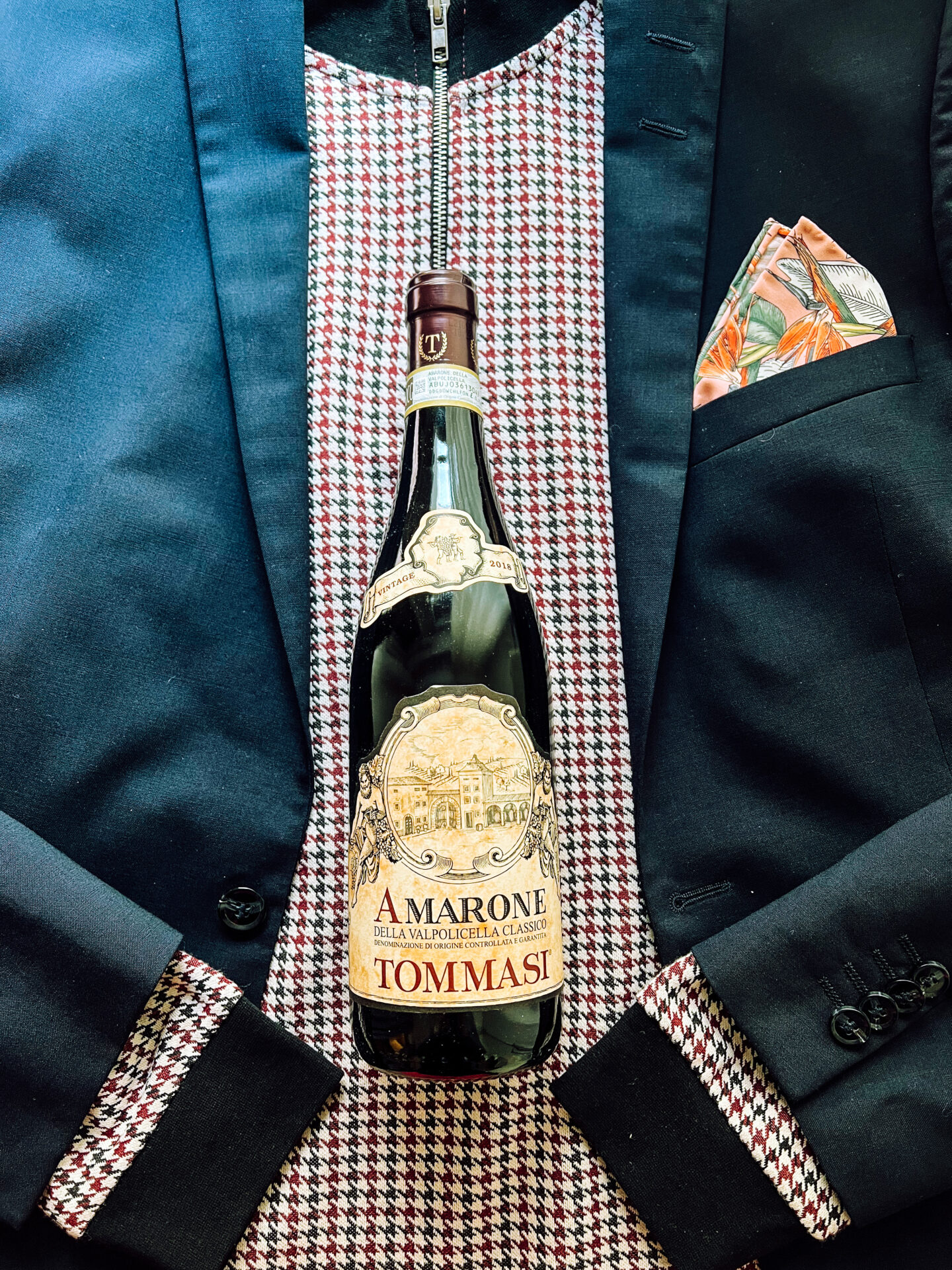
Good for plugging in: Along with Lugana or Brunello, Amarone is one of the flagships of the Tommasi winery.
I wonder if Marlon Brando in “The Godfather” was thinking of this wine when he made an offer no one could refuse? Okay, for that he would have had to look a tad into the future, but who cares, if he had, I can only recommend to go for it. And it actually fits, because at Tommasi, as is well known, wine indulgence is a family affair. Along with Lugana or Brunello, Amarone is one of the flagships, and right away: This thing is not a trailer that you can just casually watch, there were vine directors at the start, whose work you have to watch over the full running time including the credits. The intense intro of blackberries, figs, blueberries and fine spice keeps the tension throughout the bottle streaming. Elegant, deep, purposefully draws its red line through without drifting into too many tannins. It is clear that the Vino-Kino ticket for this has its price with about 45 euros, but wine is just like good movies first one thing: real craftsmanship.
The intense intro of blackberries, figs, blueberries and fine spice keeps the tension throughout the bottle streaming.
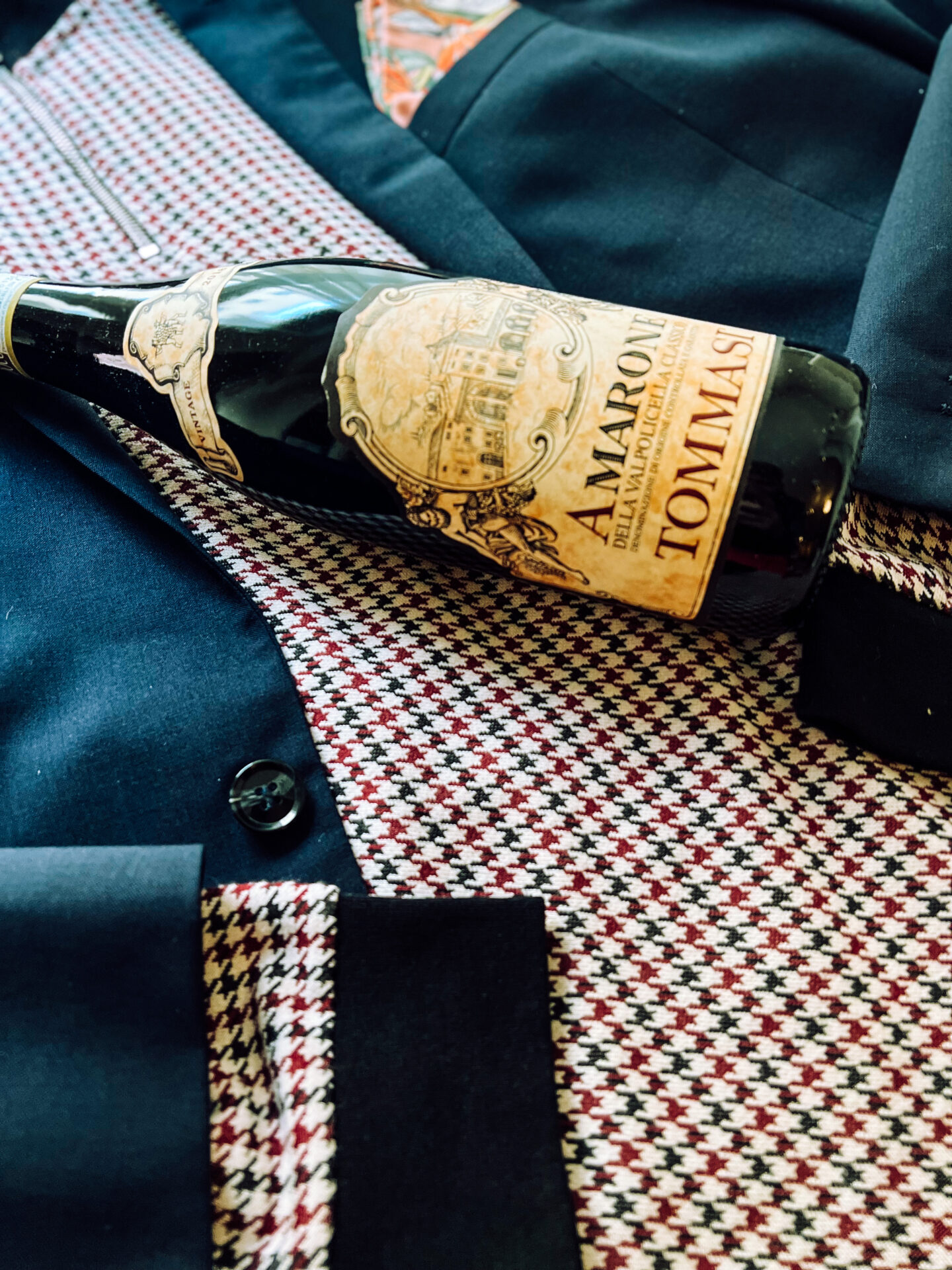
Tommasi Amarone della Valpolicella Classico DOCG, Price: around 40 euros, for example via www.hawesko.de

Casisano Brunello di Montalcino
Brunello rests and matures in the silence of the cellar in large oak barrels from Slavonia, Croatia.

The Brunello rests and matures in the silence of the cellar in large oak barrels from Slavonia, a guarantee of tradition and classic style of this wonderful area. There are a total of 33 barrels, of which 18 of 73 hl and the rest varies in different measures of capacity from 16, 50 hl to 25, 30 and 32 hl.

On the nose, Casisano shows all the elegant and fresh complexity of the fruity and spicy notes typical of Sangiovese.
You know when two things have the same name on paper, but in practice they play in two different worlds? Such is the case with this wine experience from Italy – one of the best reds I’ve had this year. Brunello di Montalcino is one of Italy’s best-known wines, and I’ve long ignored it as unsexy because previous grabs at the supermarket or 08/15 Italian were a reach in the toilet. Then came this hello-wake-up experience from the Tommasi family winery in Italy, and beamed me into the valley of tears of joy with the flavorful countless levels of deep elegance. The Casisano’s woven melange of plum, raspberry, black cherry, cocoa bean and oak is not your standard off-the-rack C&A suit, but Abi-Ball with a bespoke suit. Pure craftsmanship at the next level. Or, in other words, not a wine that does the laundry-drum move when kissed on the tongue, but sophisticated like Ryan Gosling in “Crazy, Stupid, Love.” With plan, elegance and finesse. I’ll have to stream the bottle again straight away.
The Casisano’s woven melange of plum, raspberry, black cherry, cocoa bean, and oak is not your standard off-the-rack department store suit, but custom-made Abi Ball.
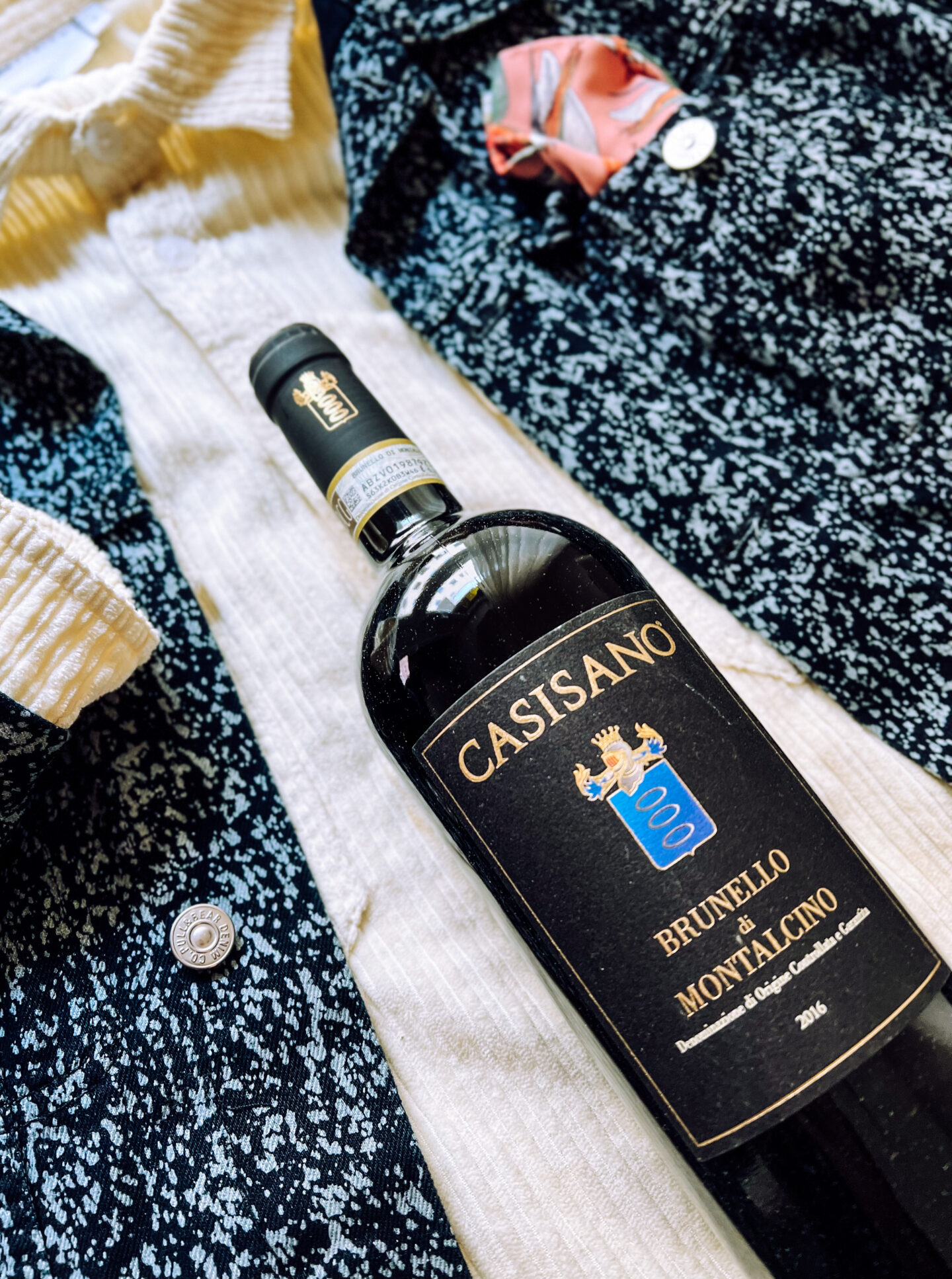
Casisano Brunello di Montalcino, Price: around 40 euros, for example via www.hawesko.de

Tommasi wines: Conclusion
One notices with each bottle flirt of the Tommasi Trio at the first sip that here is lived craft behind it. Like a good perfume, the aromas of Amarone, Brunello di Montalcino and Lugana simply have an elegant structure and curiously deep. Like a series you want to stream through from the first episode to the last. You can taste an idea behind the wines, even if they each reflect a different soil, of course, but the signature remains equally recognizable, like a good coaching tactic in soccer. The three Tommasi wines are not an off-the-peg wine dress code, but the made-to-measure department, and justify the forkful with absolutely fair value for money. Clear tip: open, and best in company really get involved. Then the glass journey to Italy is the most fun.